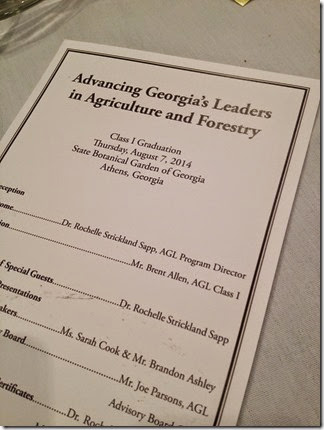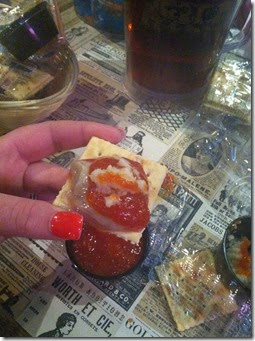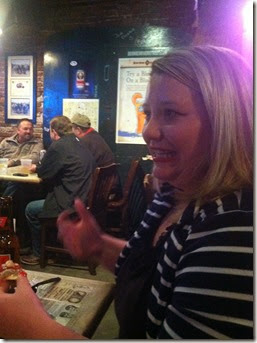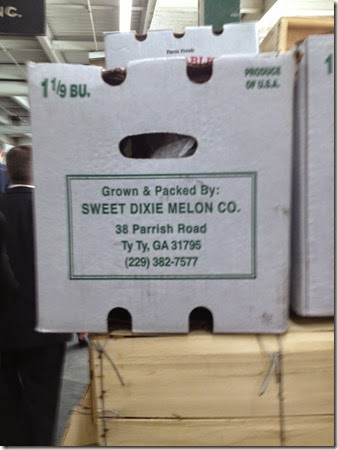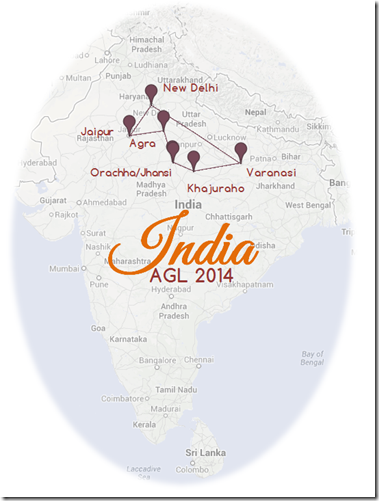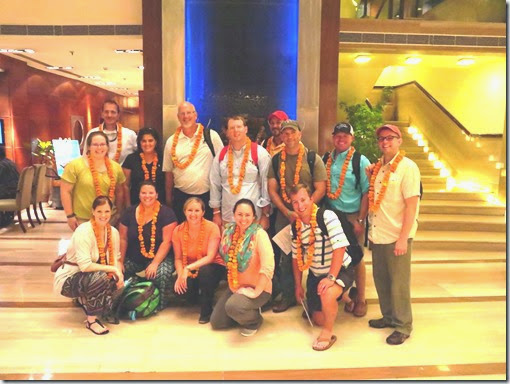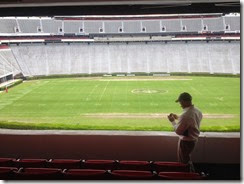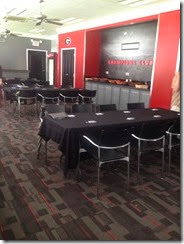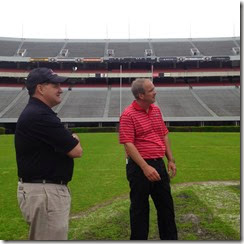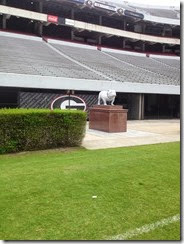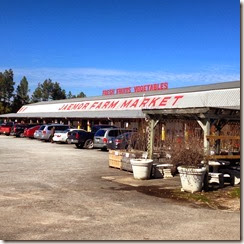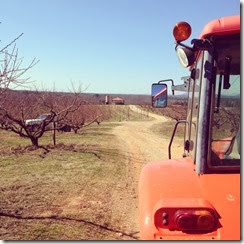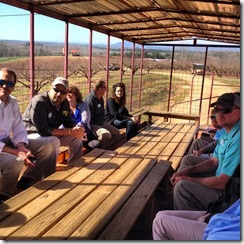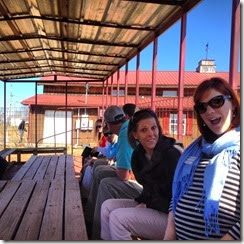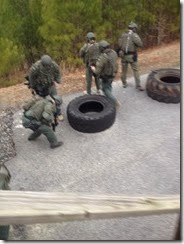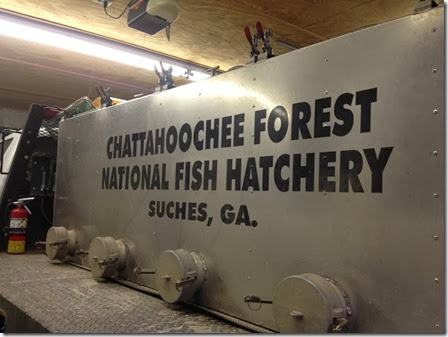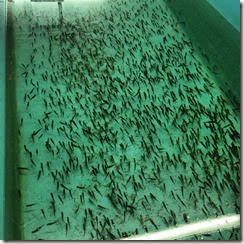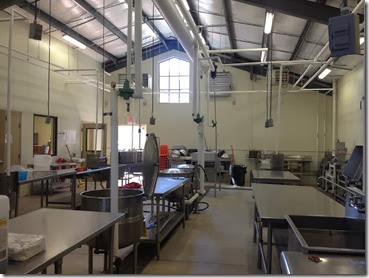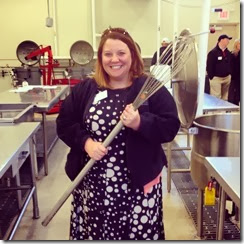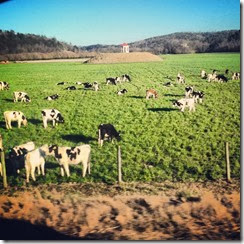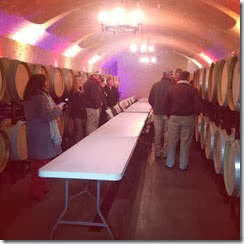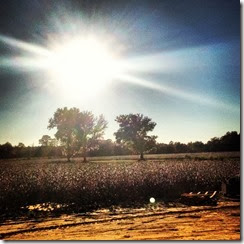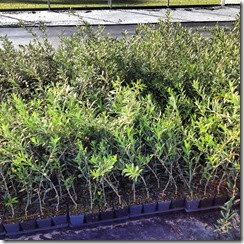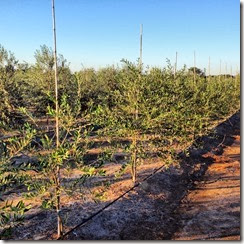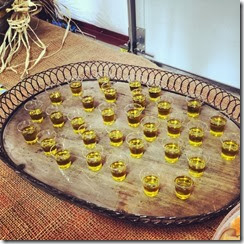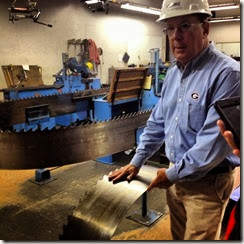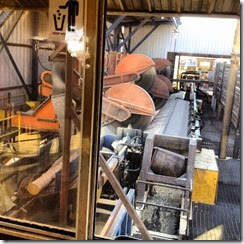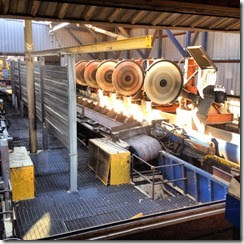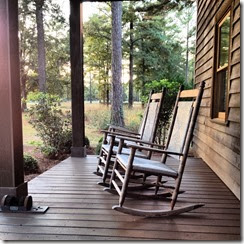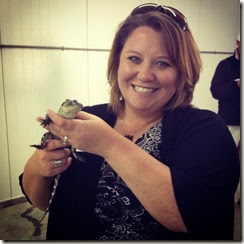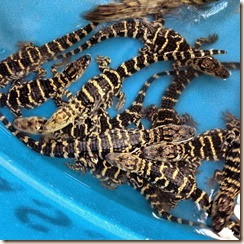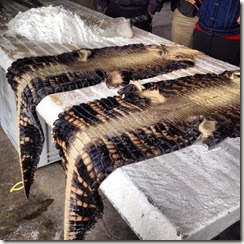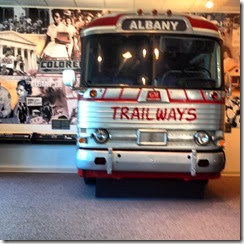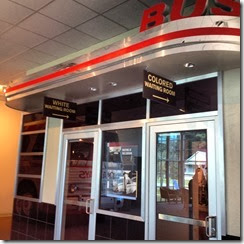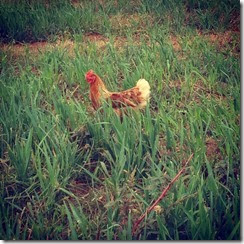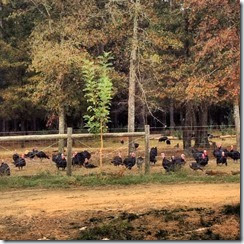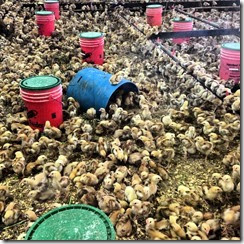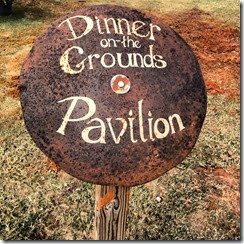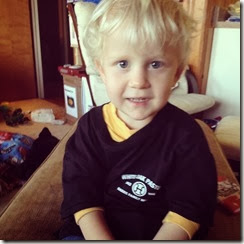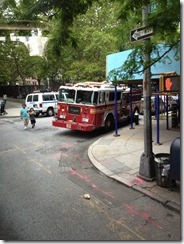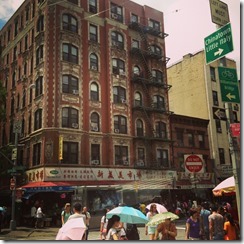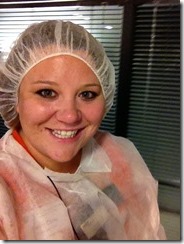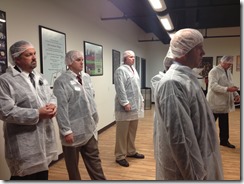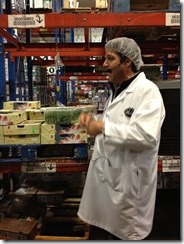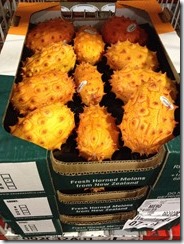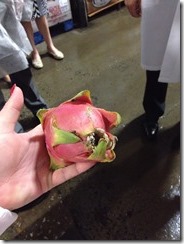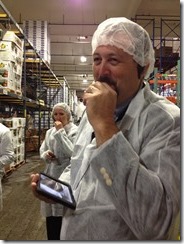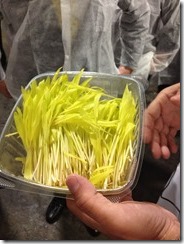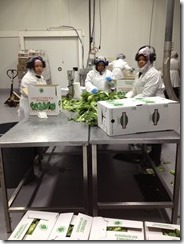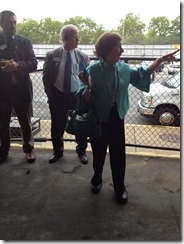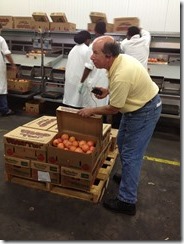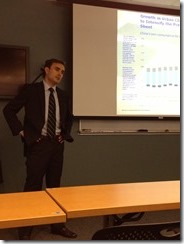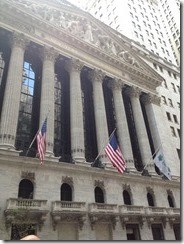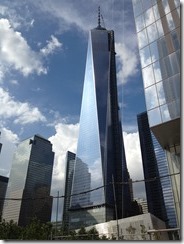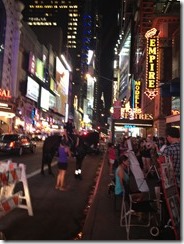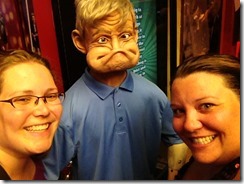(Back L-R: Duane Myers, Director Dr. Rochelle Sapp, Tate O’Rouke, Mark Risse, Brent Allen; Middle L-R: Assistant Director Kristi Farner, Brandon Ashley, Jesse Johnson, Rebecca Thomas; Front L-R: Jutt Howard, Sarah Cook, Amanda Tedrow, Derick Wooten, Jenni Harris, Steve Gibson)
On August 7, Class I of Advancing Georgia’s Leaders in Agriculture and Forestry hosted its first graduation. It has been a magnificent two years. The group was offered an online poll to select two class participants to speak at our graduation.
Brandon Ashley and I were the two chosen. I was overwhelmed to say the least—I am not a good public speaker. I had a wonderful speech in my opinion but Justin (my best and most helpful critic) told me he stopped counting my “ums” after 45. I think I might need a public speaking class to step up my game. Here is what I had to say:
These past two years have flown by for me. We have experienced the highs and lows of life together as a group. We have had four AGL babies born, marriage, loss, sickness, and health. That kinda sounds like wedding vows right?
When my classmates elected me to speak at this event, I was overwhelmed when I thought about having to sum up my experience from 2 years, 52 days away from home, into 10 short minutes.
AGL’s impact has been three-fold: it has impacted us—the participants—directly, it has impacted our support networks, and it has impacted our industry.
Let’s talk about these pictures right here.
This is at our coastal session. Since I went to school at Georgia Southern, Savannah was a place full of great memories with friends on the weekends between school exams. As most of my friends and family knows, I have never been enticed in my life to try an oyster. I don’t like seafood for the most part; much less the idea of shucking a glob of goo with a sharp knife and eating it. I took the chance and popped that oyster open all the while not managing to lose a finger, topped it off with a healthy dose of horseradish, and slid it down the hatch. My eyes immediately burned and my nose flared. So okay, maybe I got carried away with the horseradish, but I DID IT! I ate an oyster. Ever the documentarian, I made sure some of our group caught the action on camera, especially to prove to Justin and the folks back home that I actually did it. That brings me back to the day I interviewed for this program. Dr. Sapp quoted Neale Donald Walsch, “Life begins at the end of your comfort zone.” It became my mantra throughout the program.
Did I want to travel all the way up to Rock Eagle for our first session with a guy in the program I barely knew? Did I want to share a room for the first time since college with ladies who didn’t know yet that I snore like bear? Did I want to meet members of the Lead New York program and stay at their house within a few hours of seeing their faces for the first time in my life? The answer was resoundingly no. But I did it. I survived and I have the best stories to tell about it. The experiences this program has afforded me are by far the most important pieces to the puzzle. Through an array of personality tests, random sessions that felt out of place in the grand scheme of things, and a whole lot of soul searching, I have come to know who I am and how I work with others even better than before. I can look back on this two year journey and understand how each and every single piece shaped what I am doing in my career and even in my personal life. I have a strong network of friends that I can call on, text, or email if a problem comes up and I need solutions. I have an “in” at industries throughout the state. It’s much easier to say, “Mr. So-and-so, I met you when you spoke to our AGL group…and I need a favor, information, etc.” That type of network cannot be bought and you can’t build that up without years of experience in your field. I can walk into any industry function and am almost guaranteed to see one of my fellow classmates represented. Last week at the Joint Ag Chairmen Ag Issues Summit in Tifton, I was able to see Brandon, Duane, and Sherry.
That brings me to the second part. AGL has impacted my support network in an impressive way. My husband Justin and I had our son Wyatt a year before the applications went out for the inaugural class. I had just been accepted into the masters of ag leadership program at UGA as well. Was I crazy to take on a full-time job, a toddler, grad school, and try to maintain my presence in a leadership program? Probably. This was not a singular decision. My boss at the time, Donnie Smith, encouraged me to participate. This was a once-in-a-lifetime experience and he hated to see me turn it down. So Justin and I talked it out. We prayed on it. We talked to our parents and sisters. We would have no shortage of child care for Wyatt when Justin was at the fire department and I was out of town for sessions. Justin has told me time and again that he has really learned a lot about himself and ourselves as a couple through this class. Most of the interpersonal communication work is designed for us to recognize how we react to others at work but it has very real implications on my personal life as well. I think we have officially confirmed that opposites attract.
The third way AGL has had a significant impact is on our industry in general. This really humbled me:
Agriculture has a $76.9 billion economic impact for the state of Georgia. I think that might be taken for granted by those of us in the industry. I always tell my agritourism clients that what we think is normal is extraordinary for others. I think that seeing this box of produce from a farm within 15 minutes of my office in Hunt’s Point Terminal Market (the largest food distribution point in the world) really drove home the impact that farmers and agribusiness companies in our state make. It can be overwhelming in such a large industry to feel like you’re making an impact.
I mentioned earlier that I’m a documentarian. I take hundreds of pictures from each of our sessions. I post to Facebook, Twitter, and Instagram. I hashtag and all of that fun stuff. Derick does it too—he’s a social media guru. I also maintain a personal blog that is my family’s digital scrapbook. I share these posts for folks that must not have any good reading material because they are interested in reading what I write. Over two years and more than 20 blog posts, 850 folks have read about my experiences in this program. That is in addition to all of that other social media mess. I am definitely not the next Ariana Huffington, but that means more than 800 people that may or may not have experience in agriculture have learned about olive oil in south Georgia, wild shrimp from the coast, and Jenni’s grass-fed everythings. We are all advocates (ag-vocates, if you will) about this industry and the vitality it provides for our state’s economy.
So with all of that I want to challenge each and every one of you. We learned from our state and federal legislators that every voice makes that needle move just a bit further. If all of us stand up and advocate for our industry, imagine what we could do. Go out and evangelize the wonderful nature of our industry—talk about its importance to our economy and the families that depend on it to make their living. Tell others about this program and the impacts it has had on you. Let’s make our class the first of many great classes to come in the future.

